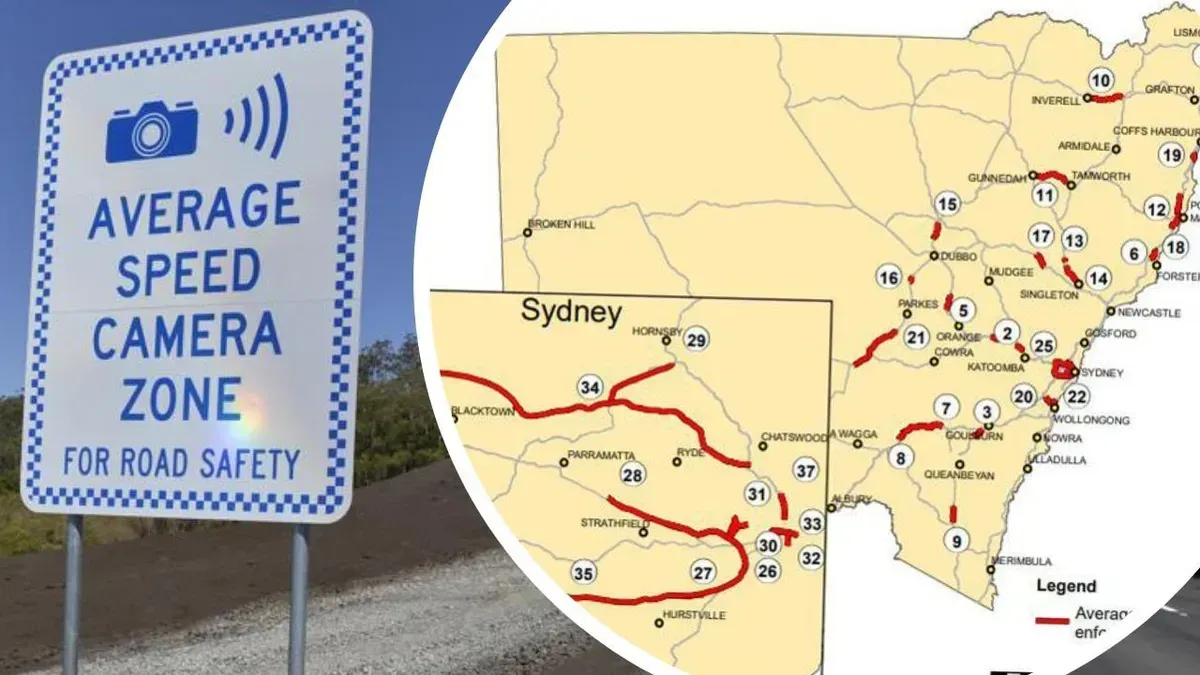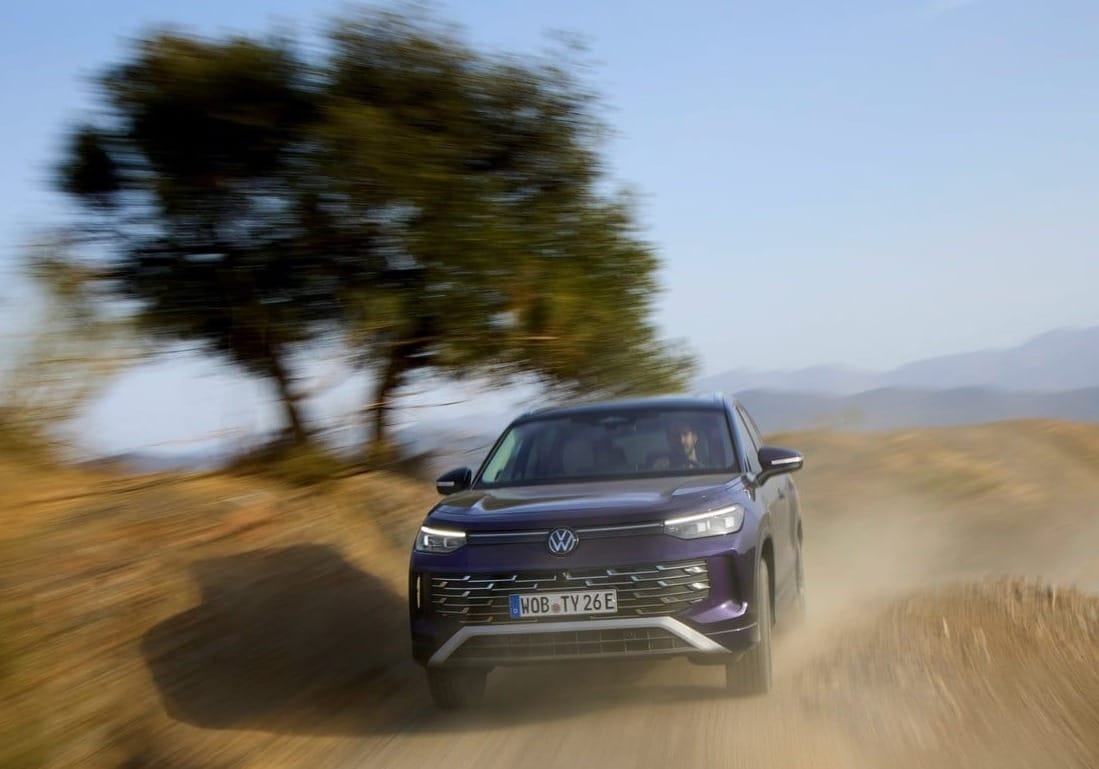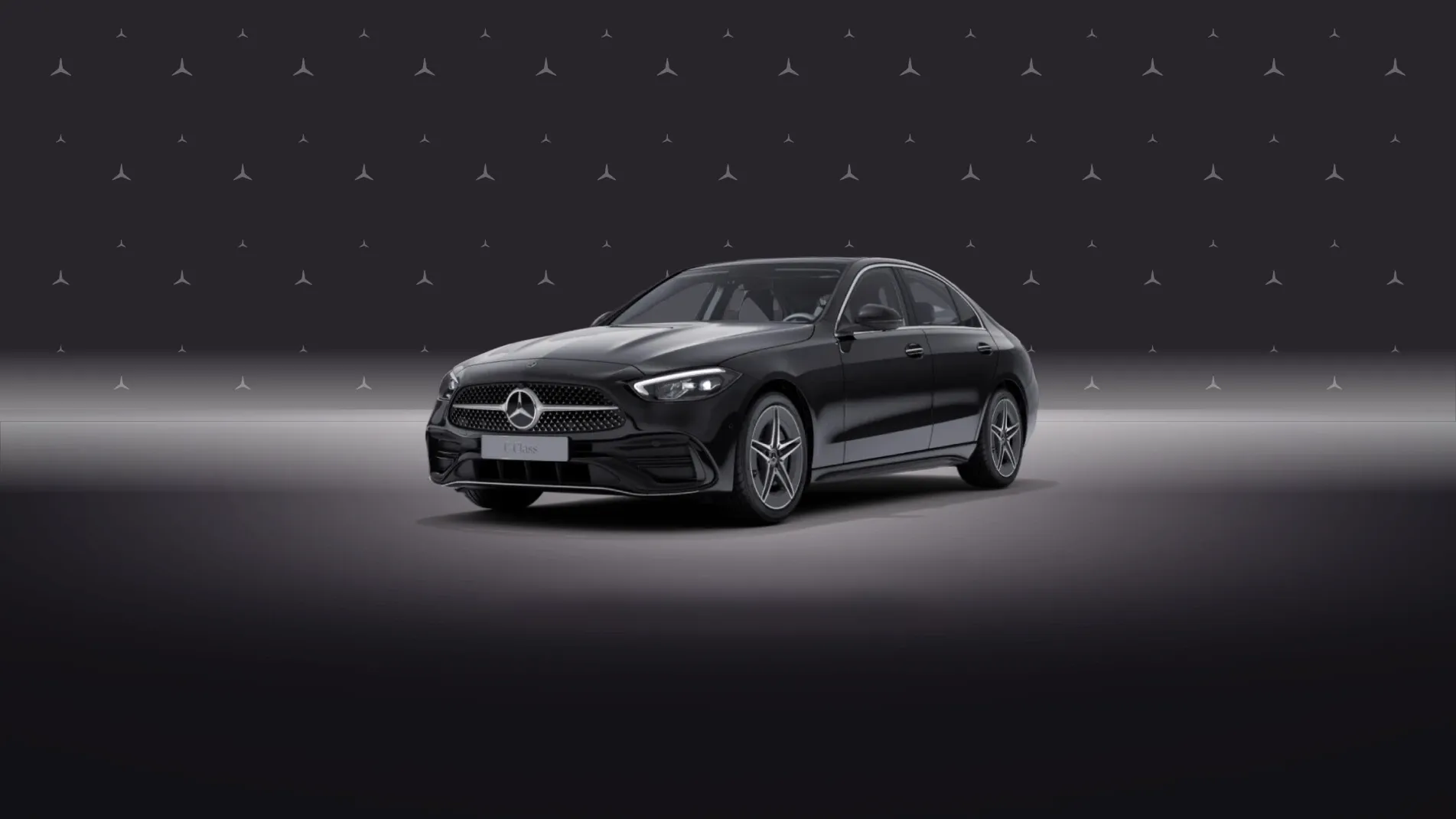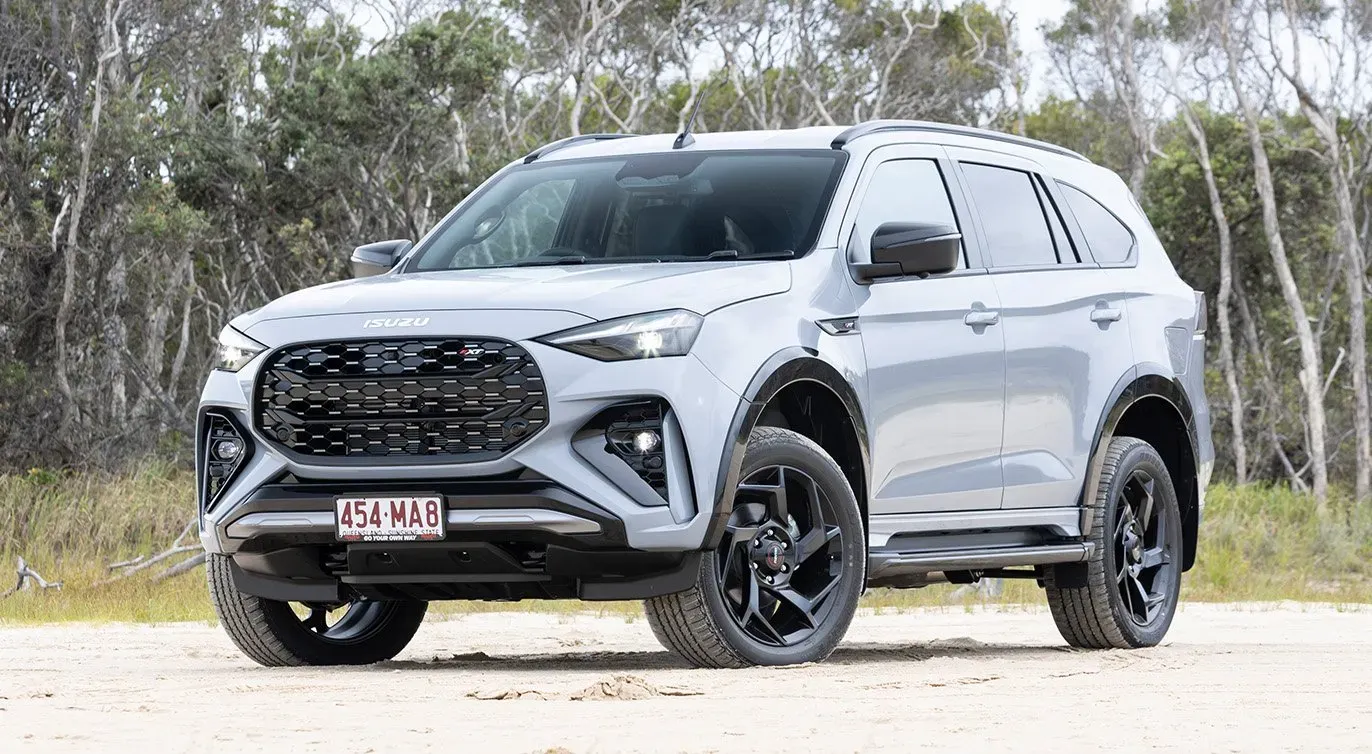The 2024 Honda HR-V, particularly in its top-spec hybrid e:HEV L guise, offers a refined and efficient package in the small SUV segment. While it impresses with its spacious interior and fuel economy, its high price point and some practicality compromises may give buyers pause.
CarExplore Overall Comparative Score: 8.1/10
This score is based on the rating provided by CarExpert.
Quick Facts

- Price: $47,000 drive-away (currently $45,200 drive-away until March 31)
- Engine: 1.5-litre naturally aspirated four-cylinder petrol hybrid
- Power/Torque: 96kW/253Nm (combined system output)
- Transmission: e-CVT
- Fuel Economy (Claimed): 4.3L/100km
Key Specifications

| Specification | Details |
|---|---|
| Engine | 1.5L 4-cylinder hybrid |
| Power | 96kW @ 4000-8000rpm |
| Torque | 253Nm @ 0-3500rpm |
| Transmission | e-CVT |
| Drive Type | Front-wheel drive |
| 0-100km/h | 10.16 seconds (tested) |
| Fuel Consumption (Claimed) | 4.3L/100km |
| Fuel Consumption (Tested) | 5.0L/100km |
| Boot Space | 304L (seats up), 956L (seats folded to windows), 1274L (seats folded to roof) |
Pros and Cons
Pros:




- Efficient hybrid powertrain
- Spacious and versatile interior
- Refined ride quality
- Strong safety features
- Distinctive styling

Cons:
- High price point compared to some rivals
- Only four seats in Australian-spec models
- Some cheap interior materials
- Modest performance, especially on hills
- Dated infotainment system in lower trims
Expert Review Summary
CarExpert
Rating: 8.1/10
- Pros: Refined driving experience, spacious interior, efficient hybrid powertrain
- Cons: High price, four-seat configuration, some cheap interior materials
Summary: "The HR-V e:HEV L offers a compelling package with its blend of efficiency, space, and comfort, though its high price and four-seat limitation may deter some buyers." Read the full review
CarExplore's Take on the 2024 Honda HR-V
The Honda HR-V, particularly in its top-spec hybrid e:HEV L form, presents a refined and efficient option in the small SUV segment. Its hybrid powertrain delivers impressive fuel economy, consistently achieving around 5L/100km in real-world driving conditions.Interior space is a strong point, with Honda's "Magic Seats" offering versatile cargo-carrying options.

However, the Australian-spec HR-V's four-seat configuration due to regulatory issues is a significant drawback in a segment where five seats are standard.The HR-V's ride quality and noise suppression are commendable, providing a comfortable driving experience.

Performance is adequate for urban driving, though it can feel underpowered on steeper grades.While the interior design is elegant, some may find the use of hard plastics disappointing at this price point. The infotainment system, while improved, still lags behind some competitors in terms of features and responsiveness.
Safety features are comprehensive, though some advanced systems are reserved for higher trims. Honda's reputation for reliability and the HR-V's strong resale value add to its appeal.
Ideal For: Urban dwellers seeking an efficient, spacious, and refined small SUV who prioritize fuel economy and don't regularly need seating for five.
Consider Alternatives If: You need seating for five, prioritize performance over efficiency, or are looking for a more affordable option in the small SUV segment.
Frequently Asked Questions
Why does the Australian HR-V only have four seats?
A: Due to Australian Design Rule compliance issues with the rear center seatbelt, Honda opted to make it a four-seater rather than re-engineer the vehicle.
How does the HR-V's fuel efficiency compare to non-hybrid rivals?
A: The HR-V hybrid is significantly more efficient than most non-hybrid small SUVs, with real-world consumption around 5L/100km.
Is the HR-V suitable for long trips?
A: While comfortable and efficient, its modest power output may be a limitation on hilly terrain or when fully loaded.
What is the warranty coverage for the Honda HR-V?
A: Honda offers a 5-year, unlimited-kilometer warranty, with a current promotion extending this to 7 years.
How often does the HR-V need servicing?
A: Service intervals are every 12 months or 10,000km, whichever comes first, with capped-price servicing at $199 per service for the first five years.














